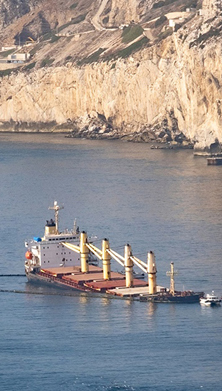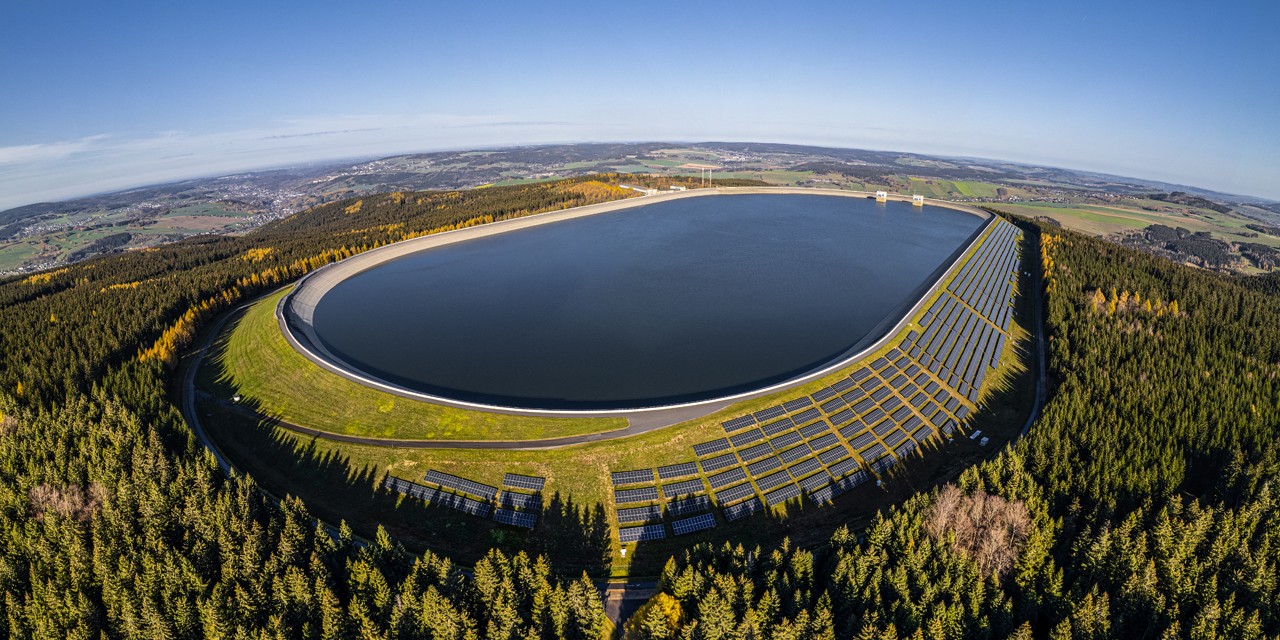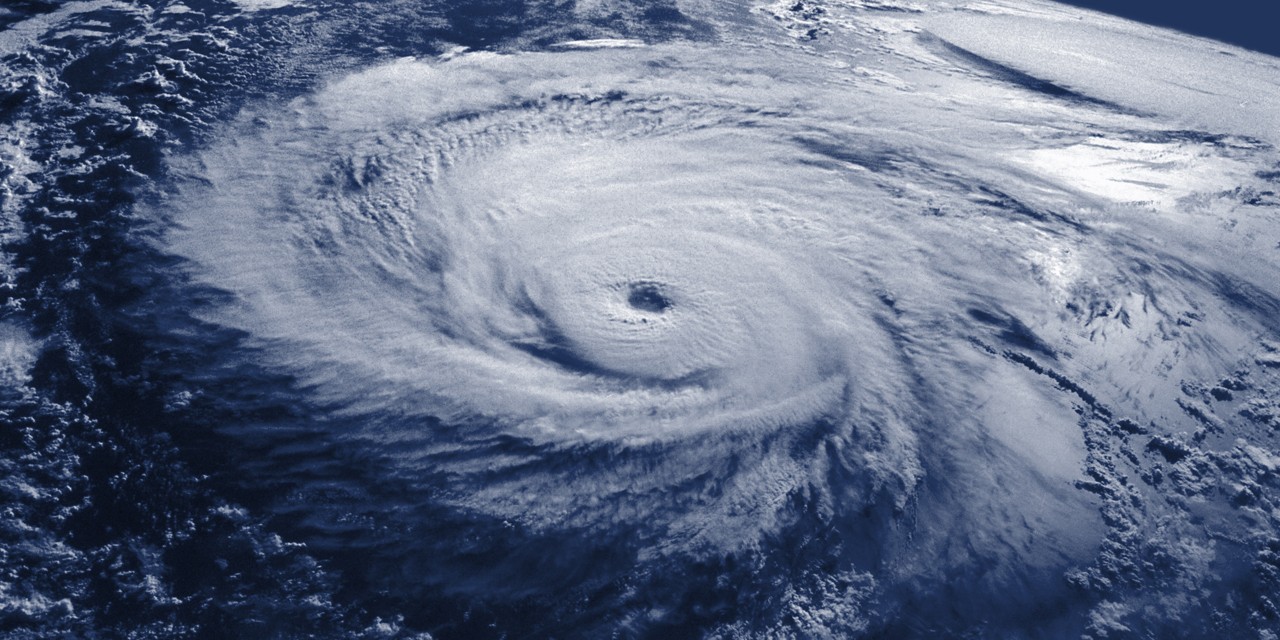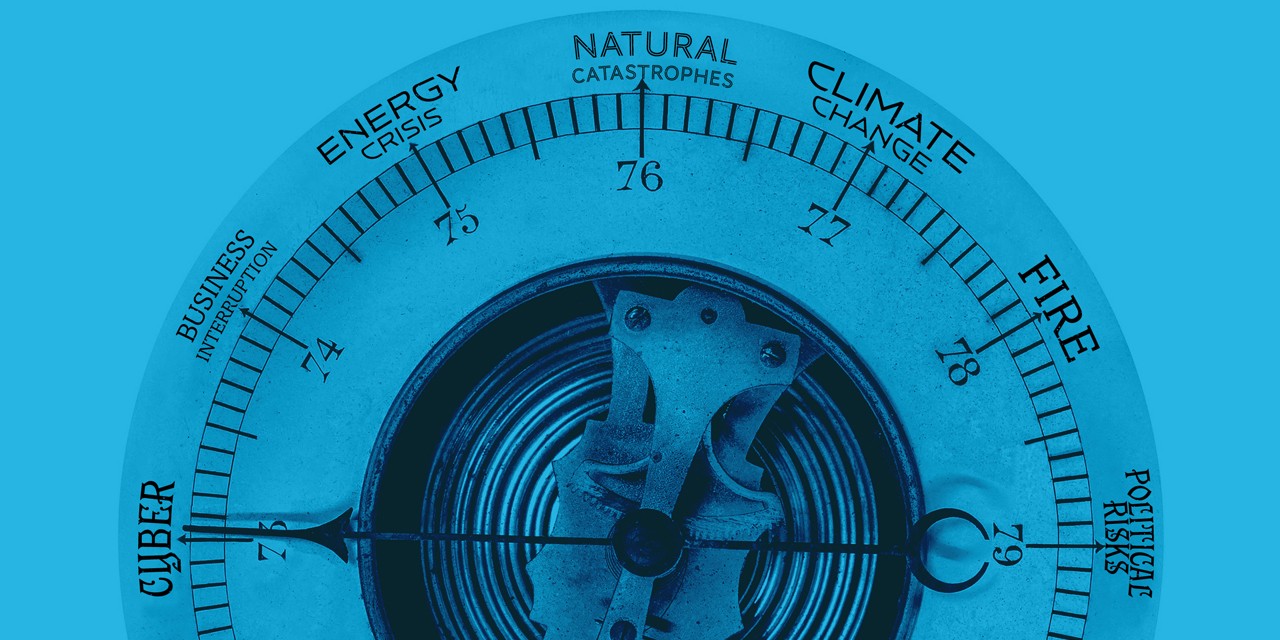Most sectors are exposed to natural capital risks
For comparison and analysis, AGCS classified sectors as belonging to one of three categories:
- Danger zone: sectors where risks are generally greater than mitigation
- Middle zone: sectors where risks are roughly matched to mitigation
- Safe haven: sectors that generally do not seem to face high risks and/or are reasonably well prepared
Sectors in the danger zone: According to the analysis, four sectors find themselves in this zone when using the risk methodology from AGCS. In addition to oil and gas and mining, which are widely believed to have high levels of risk, two other sectors appear in this zone: food and beverage and transportation. Overall, due to their inherent natural capital footprint, it is harder for these sectors to mitigate their risks; however, innovative risk solutions could be more strenuously applied.
Sectors in the middle zone: According to the AGCS risk methodology, seven sectors are in the middle zone: High level of risk are evident for the automotive, chemical, clothing, construction, manufacturing, pharmaceutical and utilities sectors. Overall, AGCS believes that companies in these sectors need to be aware of their risk profile and work actively on mitigation to manage individual natural capital risks in their operations and supply chains.
Sectors in the safe haven: Only one sector can be found in the safe-haven zone. Telecommunications is a good example of a low risk service-related sector where companies typically position themselves as solution providers for natural capital risks that affect their customers – i.e. by providing communication to avoid the carbon dioxide generated from business travel.
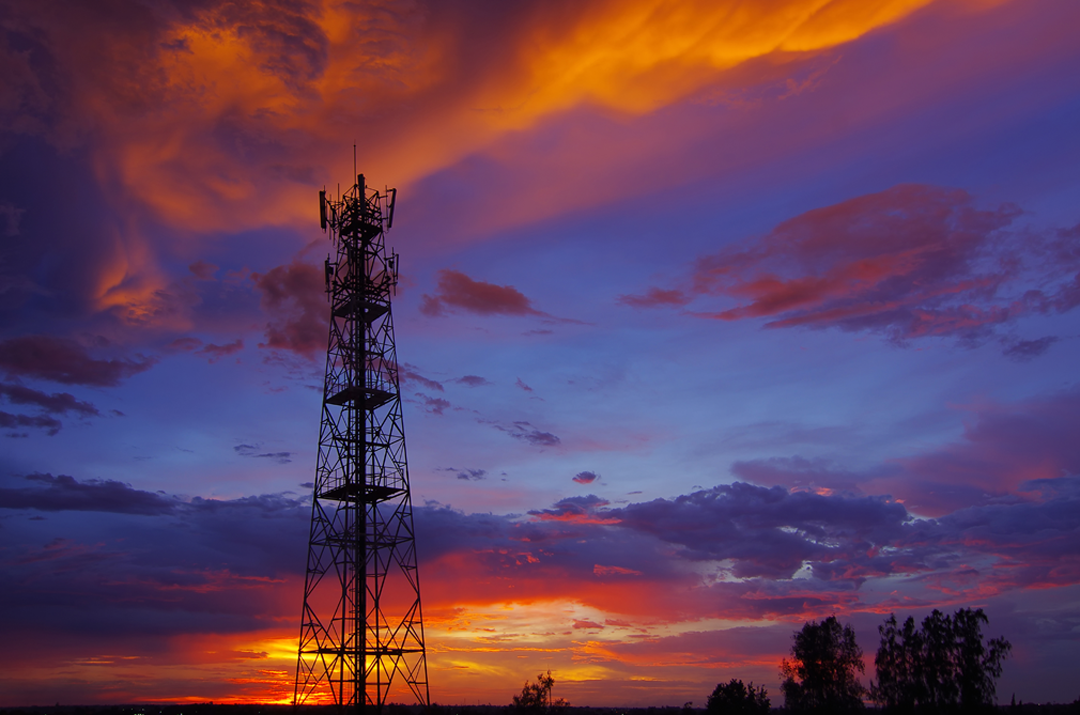
Understanding natural capital risks
What does natural capital mean?
How can companies prepare?
Most companies have effective risk management and insurance systems in place that can be used to address natural capital risks. Rather than reinventing the wheel, companies can broaden the scope of these systems beyond financial and operational risk management – for example, when opening a new plant, natural capital risks such as future water availability and the emerging emissions regime should also be taken into account. One of the challenges is balancing traditional risk management focused on the present with the management of emerging risks arising in the mid- to long-term. Future and nonfinancial risks are often overlooked as companies are expected to deliver short-term performance targets. It can be difficult to quantify these types of risks to shareholders.
Although this review is primarily focused on the business risks of natural capital, it is also important to acknowledge the opportunities companies can seize. Companies that respond best to natural capital risks are also likely to be those that can most readily grasp the opportunities. At the same time, companies must account increasingly for natural capital risks and disclose them to governmental agencies, investors and other stakeholders. This may prove to be a challenge as generally accepted reporting and disclosure requirements are yet to be developed. AGCS believes companies that are willing to invest in natural capital risk management will be best-equipped to keep damages under control and seize opportunities in an increasingly resource-constrained world.
1. It should be mentioned that this concept is also subject to a moral/ethical discussion around monetization and the related assumptions (for example: what is the intrinsic value of human health or animal species?). Please note that this debate will not be reflected in more detail in this document. However, it should be mentioned that an important thought behind quantification/monetization is the idea that it has the potential to strengthen and support the understanding of companies to act responsibly and in a sustainable manner. The natural capital concept and related methodologies are at the same time not intended to replace ethical or moral reflection or actions from individuals ororganizations.
2. Definition based on the National Capital Protocol.
Newsletter
Keep up to date on all news and insights from AGCS


